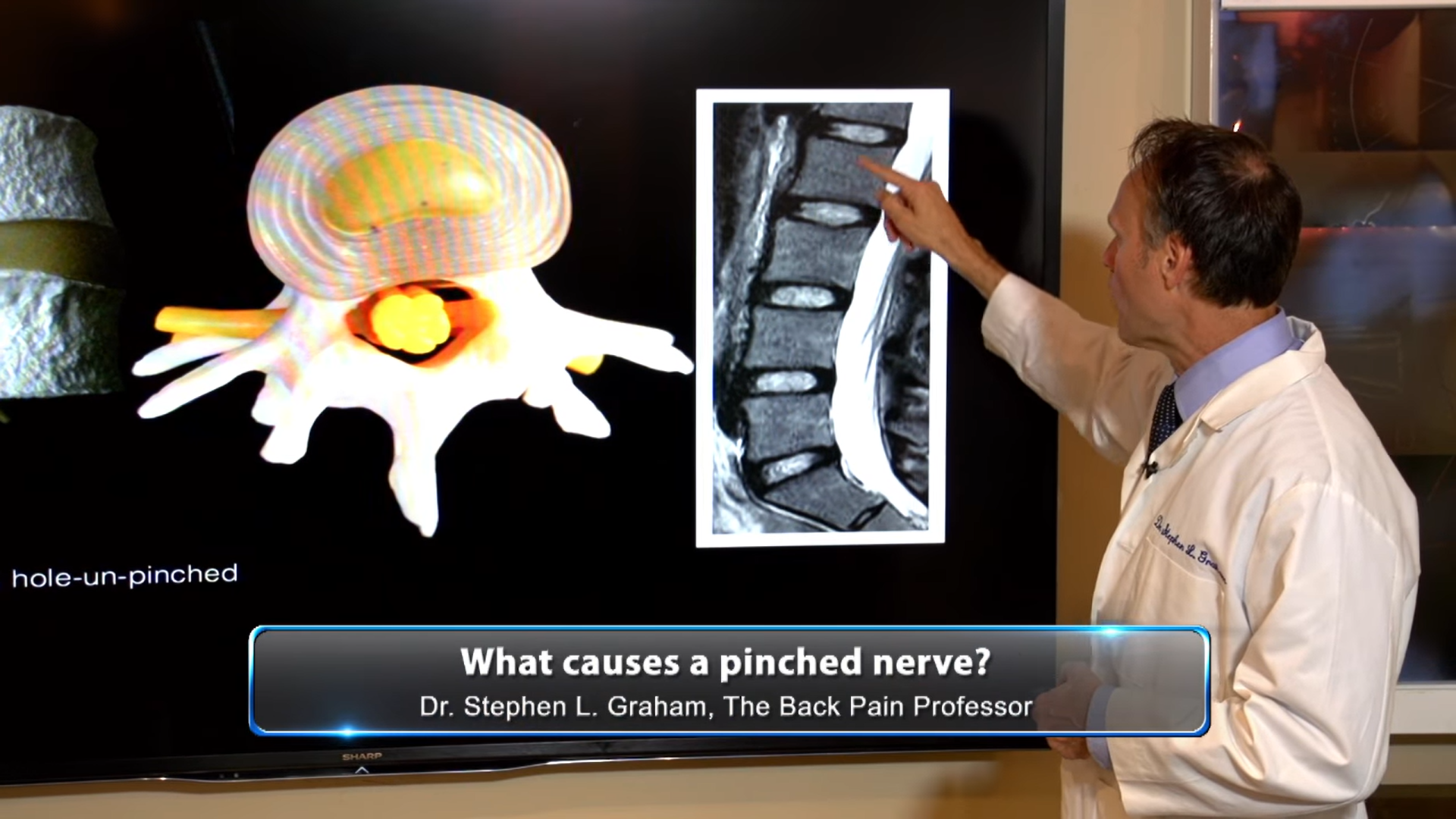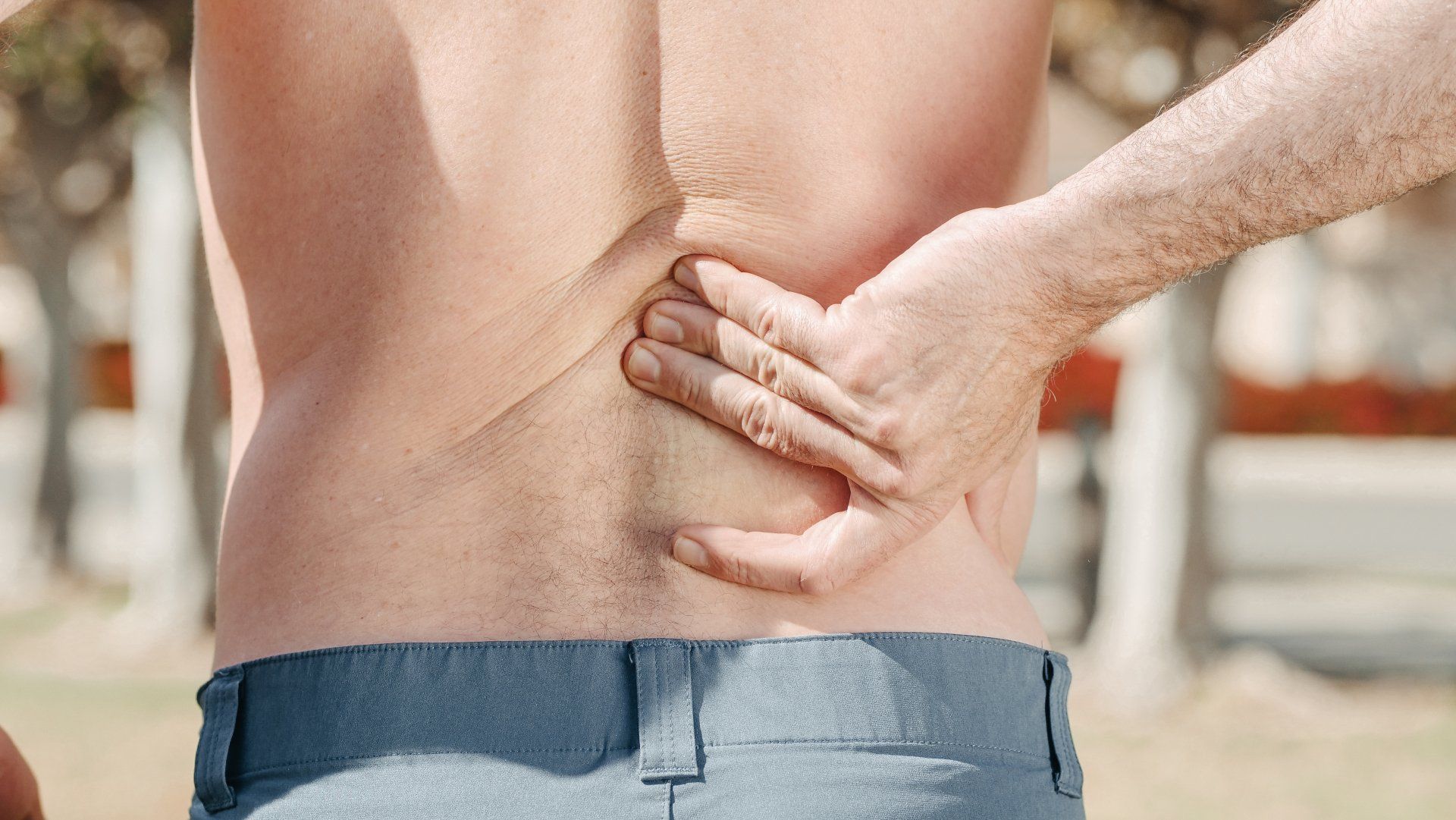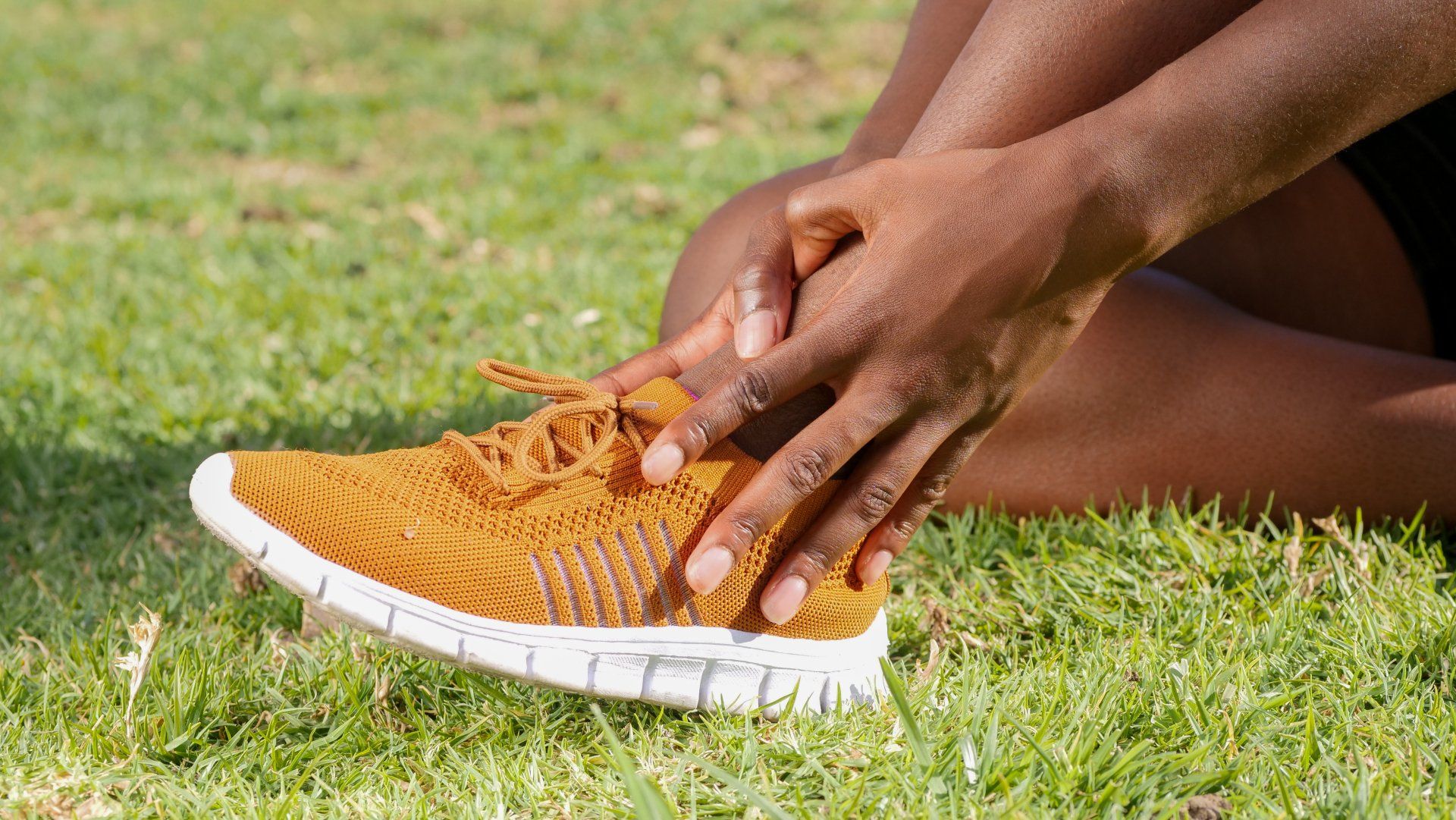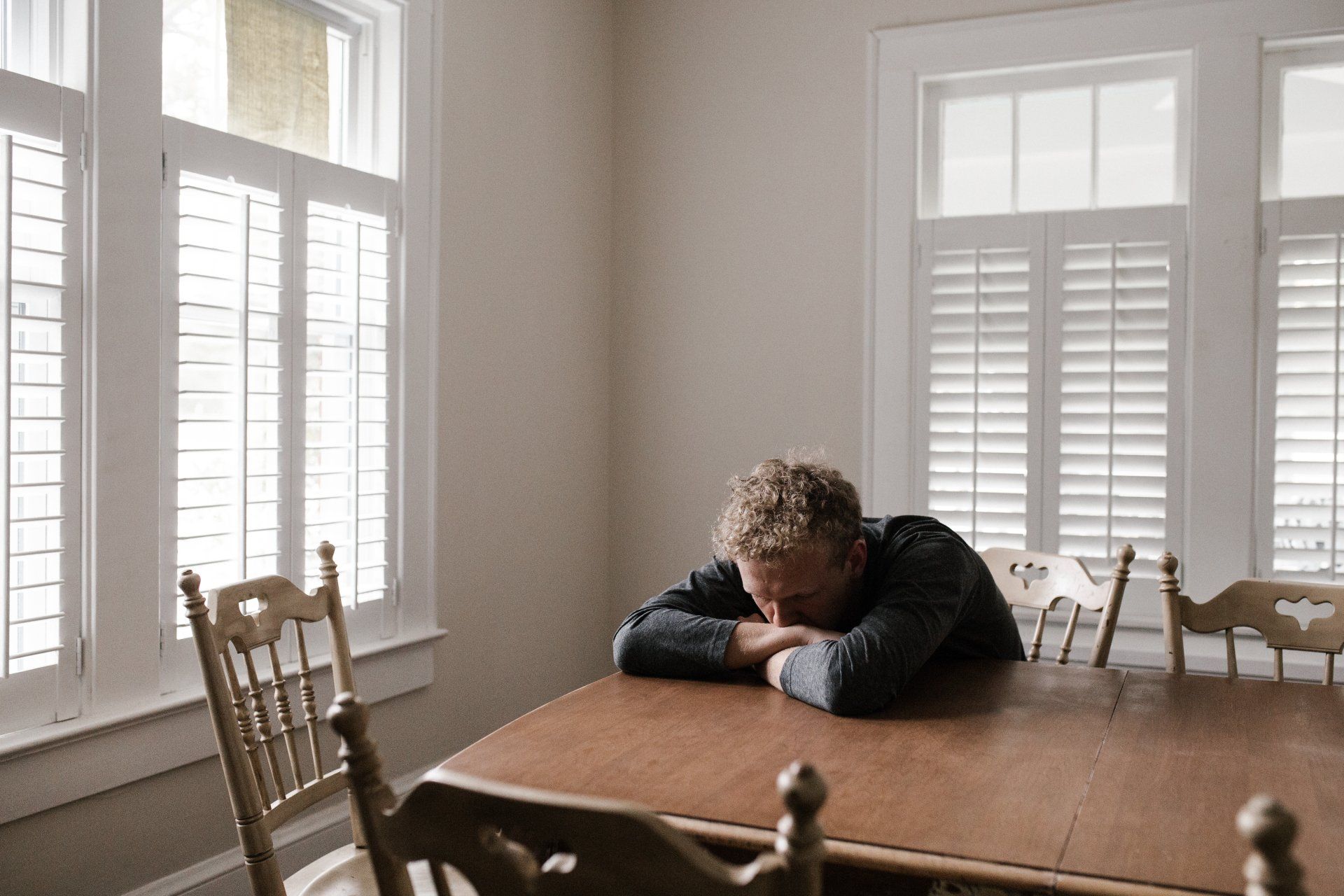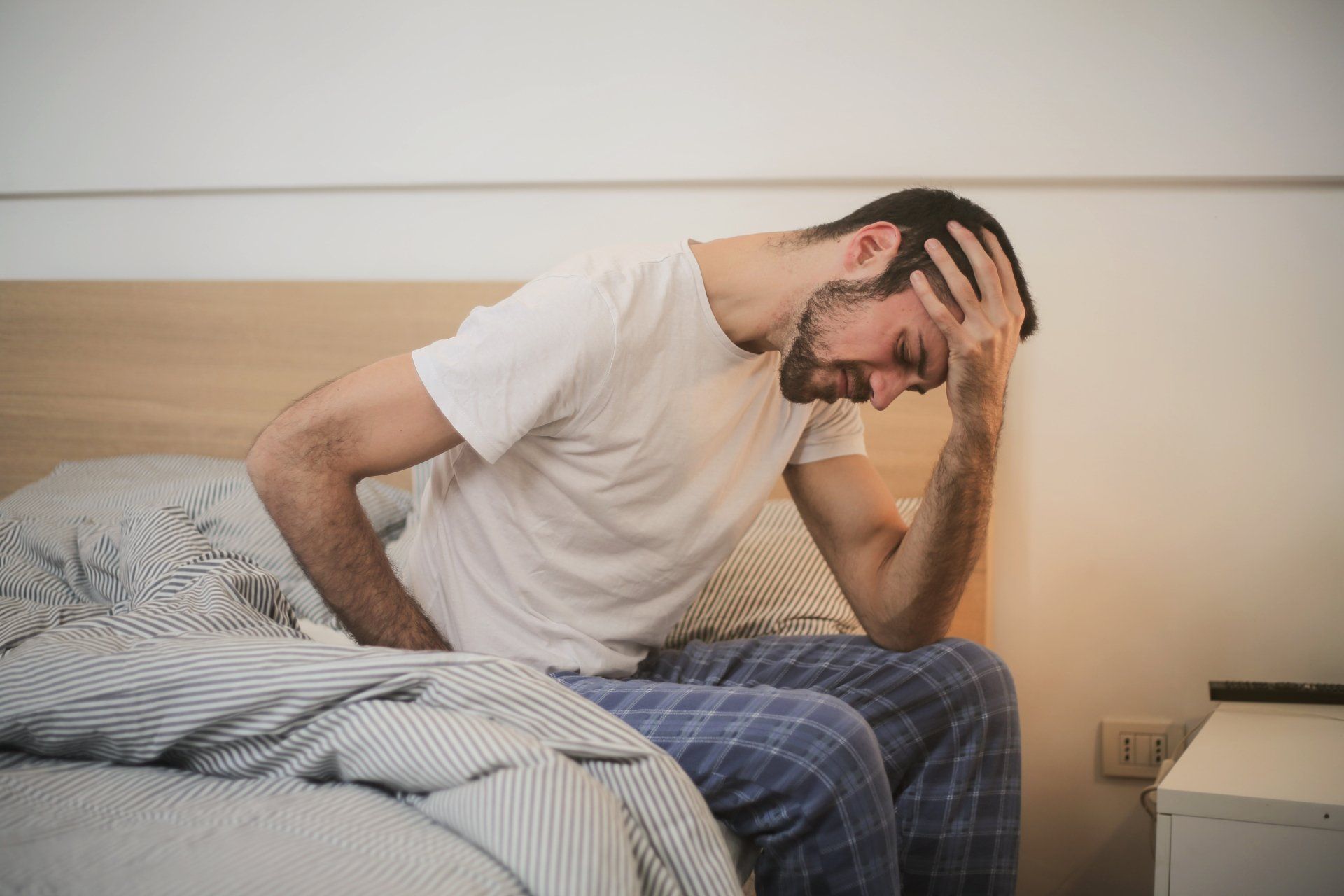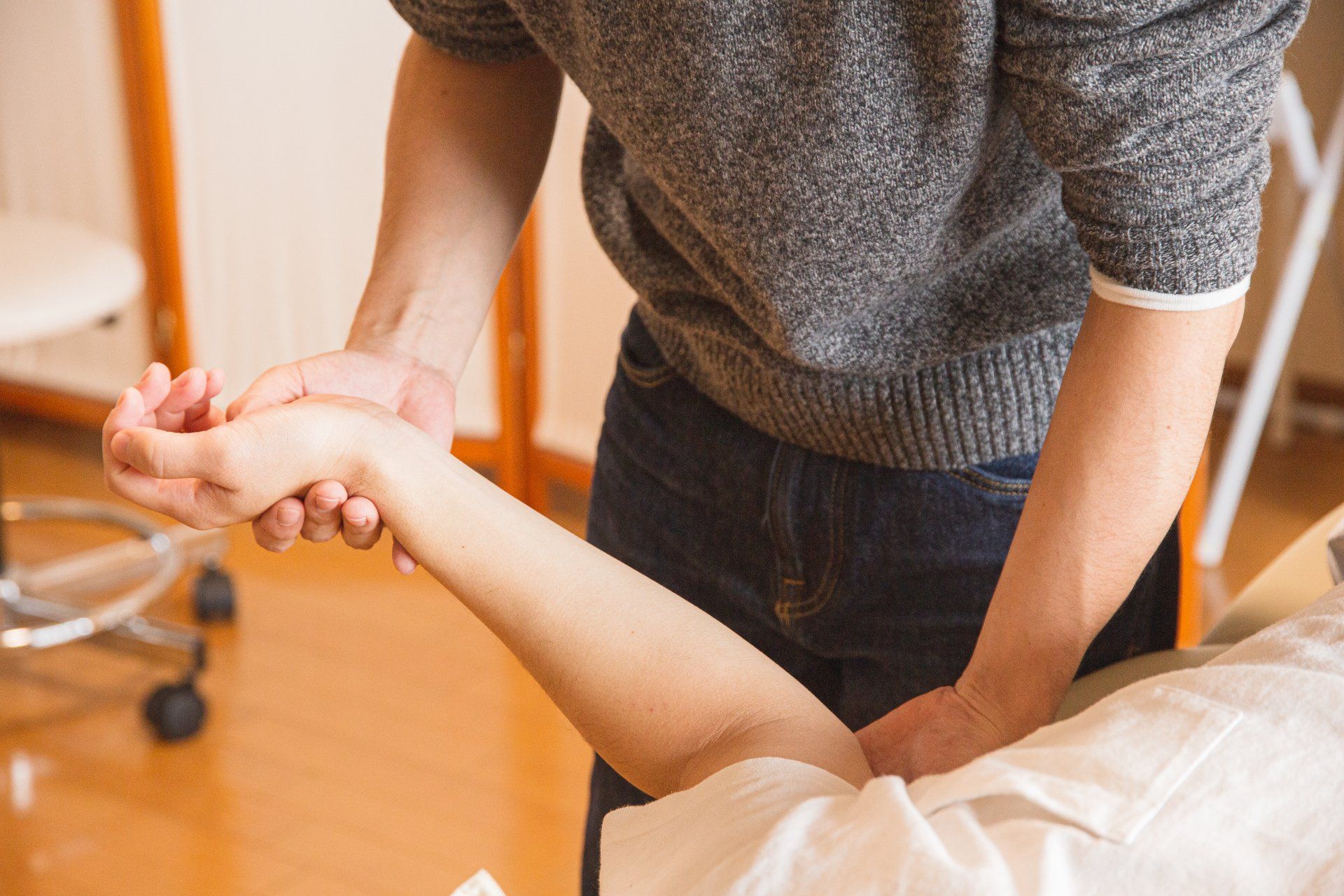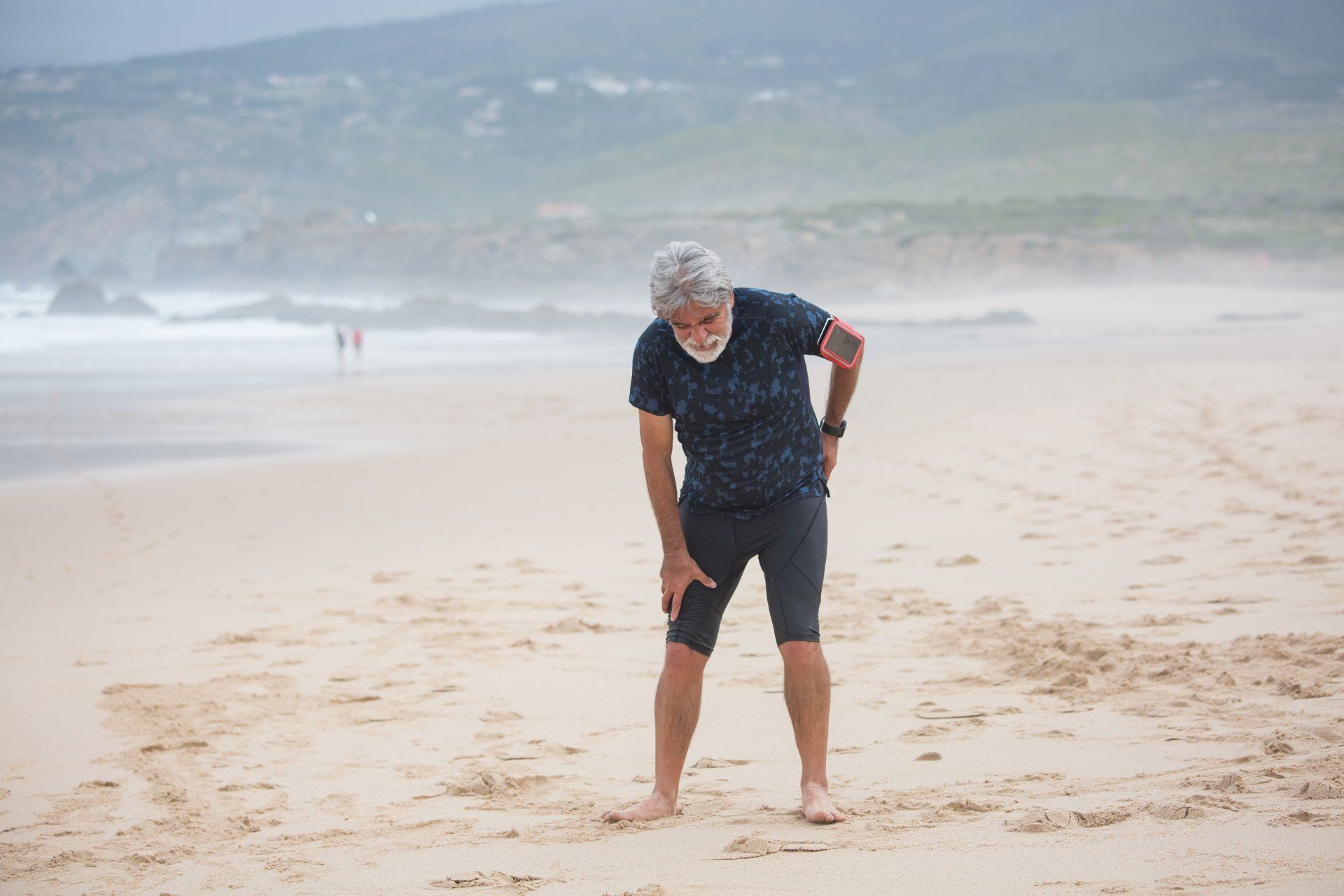Department Store Employee Has Hard Time Standing At Work Because Of Back, Leg And Groin Pains
Dr. Graham, a Louisville, Chiropractor, utilizes computerized chiropractic adjustments to correct problem.
PATIENT PROFILE & HISTORY
WHO:
A middle aged, part time worker at a Louisville department store, consulted with our chiropractic office for low back, gluteal and leg pain. She was referred to our office by her son.
SYMPTOMS:
Moderate to sometimes severe pain in her right lower back, that she reported is present to some degree 75% of the day. She also noted that the pain radiated to her right gluteal, and down her leg to her ankle. She also had groin pain on the same side.(See diagram below)
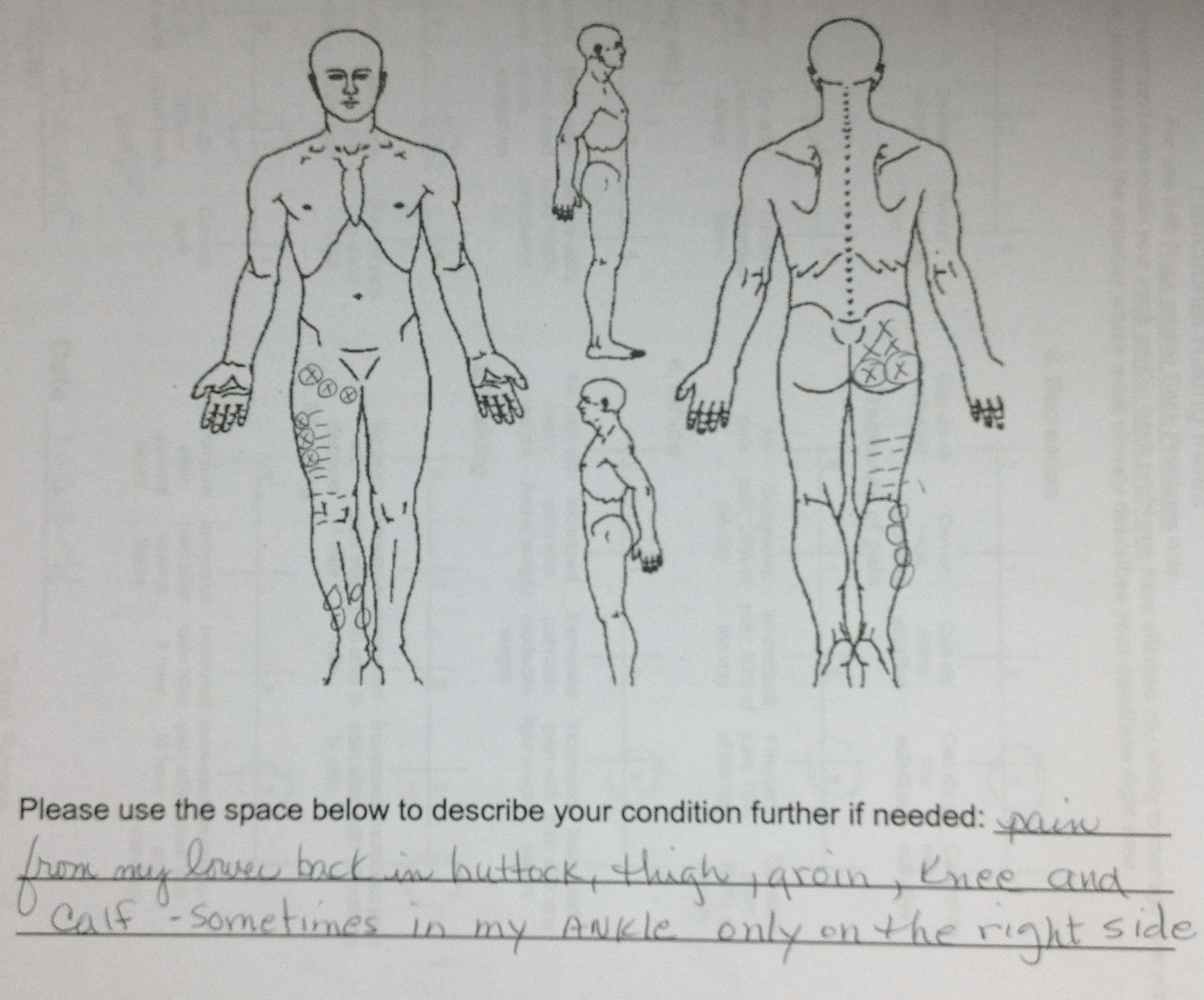
This pain has been present for approximately 3 months, but it has in the past has bothered her off and on for the better part of 20 years. However, the past 90 days it has felt quite a bit worse, especially while she is at work on her feet.
To help to relieve the pain she did the following:
- Aspirin
- Tylenol
- Ibuprofen
- Hot showers
- Heating pads
These things made it worse:
- Standing
- Walking
Chiropractic/orthopedic examinations:
- Two (2) disc tests made her pain worse
- One (1) sacroiliac (pelvis) test made the pain worse
- One (1) spinal facet (rear spinal joints) tests were positive.
- Bending backwards (extension);bending to the right and left all
caused pain.
X-Ray studies:
The front view of her low back reveals a misalignment in the lowest part of the lumbar spine, L5. Also noted in the same view is worn cartilage in her right hip joint. Notice the worn disc below. See Wikipedia. See her x-ray below.

Working Diagnosis:
- Lower lumbar joint dysfunction L5-S1
- Degenerative disc at L5-S1
- Misalignment at L5
- Sacro-iliac joint fixation (pelvis jammed up with the sacrum) right side
- Right hip joint osteoarthritis and degeneration
TREATMENT:
I treated her lumbar spine and sacro-iliac joint (low back and pelvis) with computerized chiropractic adjustments. I set the force on the instrument to 400 Newtons (equivalent to 88 pounds of force). This is the optimum setting for the lumbar spine and pelvis.
I referred her for an orthopedic consultation for her right hip joint.
Outcome:
First week: her gluteal pain was reduced 25%; could stand longer periods.
30 day examination: back, gluteal and leg pain reduced in excess of 50%. Can stand 75% longer at work.
60 day examination: back, gluteal and leg pain reduced in excess of 90%. Can stand 90% longer at work. Walking almost normal (groin pains 20%).
Set her up for periodic computerized chiropractic adjustments set at 400 N, two times a month to improve the following:
- posture
- improve nutrition to disc to avoid accelerated degenerative changes.
- keep sacro-iliac joint un-jammed.
- improve movement to the L5-S1 joint
In addition, she needs to do the following:
- Prescribed specific home exercise for his low back
- Attend in -house class on posture and stress each quarter (4 times per year)
Comments:
- This was an interesting case in that it involved 3 separate areas of her spinal column. 1. Sacro-Iliac Joint. First and foremost, her sacro-iliac joint was very dysfunctional on the right side. This could have been caused from old postural habits, i.e., sitting more on the right side than the left side. I believe that this was where the majority of her problems stemmed from (75%).
- Lower lumbar spine. Her lower lumbar spine was also stuck and had abnormal joint play. I believe that this was a contributor, but the main issue. However, because there was noticeable wear and tear the adjustments may have warded off a problem that would have come on later.
- Hip joint. When a patient mentions growing pain especially with walking and standing, my antennas go up. I am thinking that they may have a degenerated hip socket. This was her case. I believe it was a large contributor along with the sacro-iliac joint.
I immediately got her a consultation with an orthopedic surgeon to evaluate her hip joint. The surgeon felt as though her hip joint was not in danger of needing a replacement. He told her she would know when that time would be there, based on her pain levels.
She responded well to our computerized adjustments. I explained that her body has a memory pattern and it will want to do what it has done for the last twenty years. So it would be important to stay current with the things that helped her get over these pains. Specifically:
1. Adjustments to the areas to prolong the life of the discs and joints.
2. Exercise to keep blood moving, especially an aerobic types
3. Couple mile walks. Half hour of walking has many benefits, one of which is it is very healthy for the back!
More Graham Chiropractic Blogs
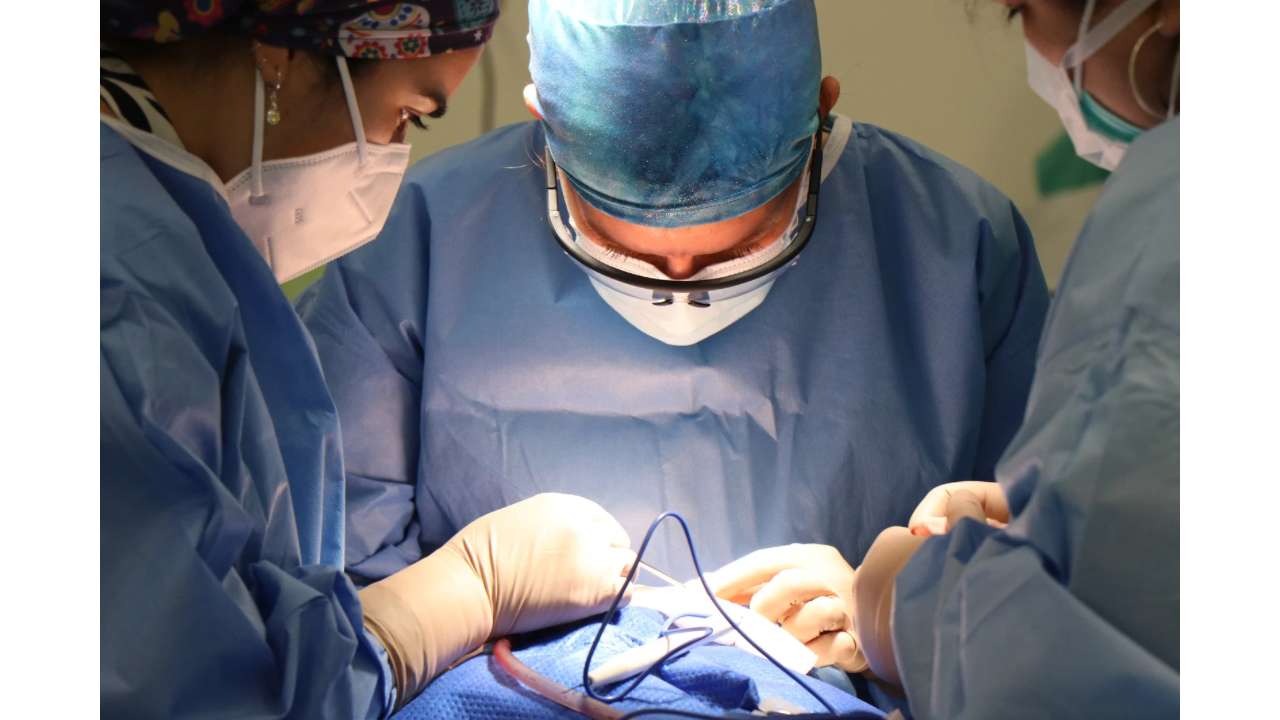


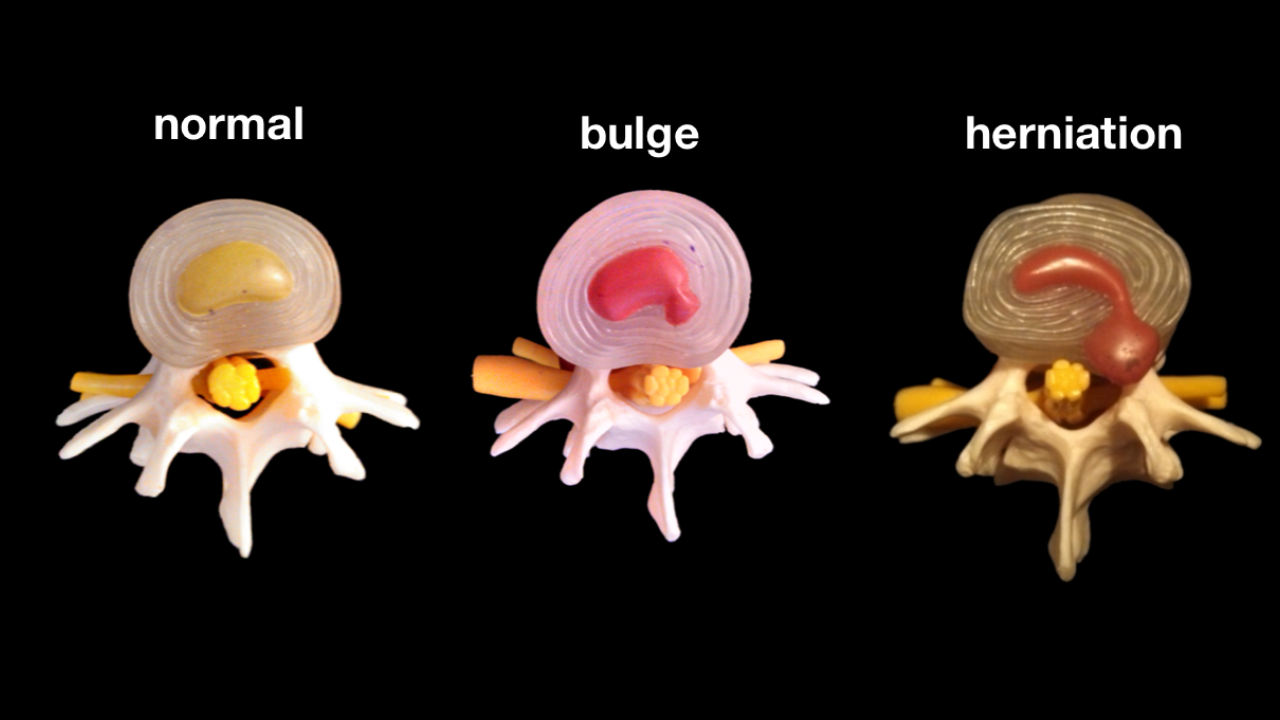
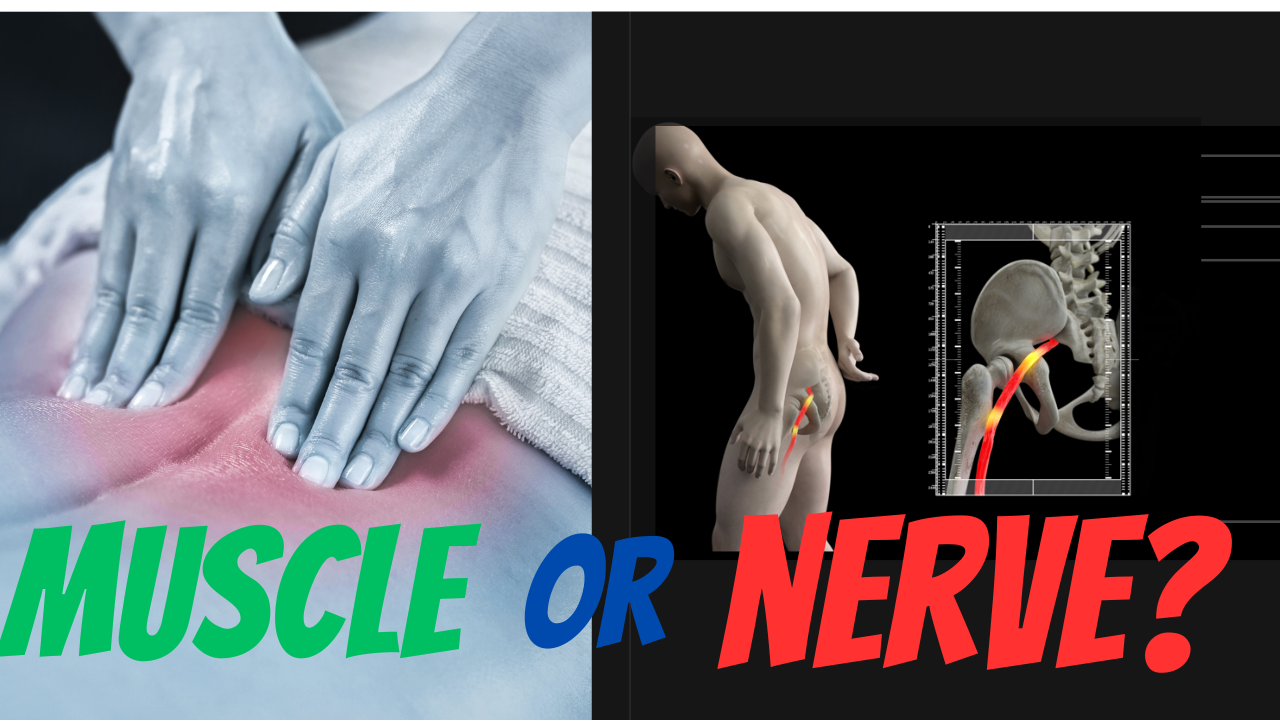
More Graham Chiropractic Case Studies
Useful Links
Office Location
Hours
| Monday | 5:00A - 11:00A |
|---|---|
| Tuesday | 5:00A - 11:00A |
| Wednesday | 5:00A - 11:00A |
| Thursday | 5:00A - 11:00A |
All Rights Reserved | Graham Chiropractic

